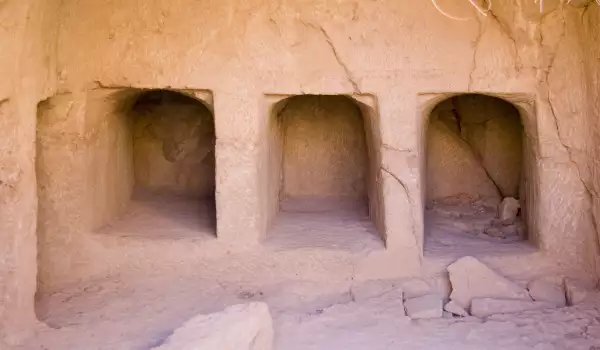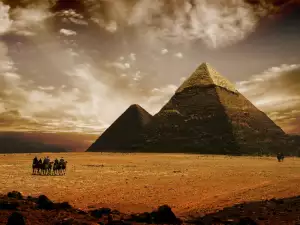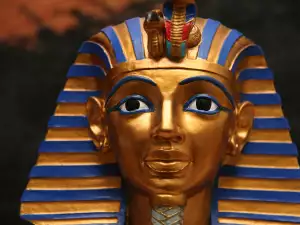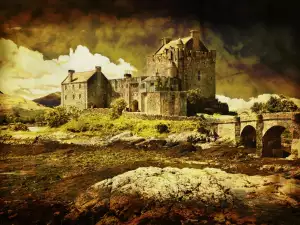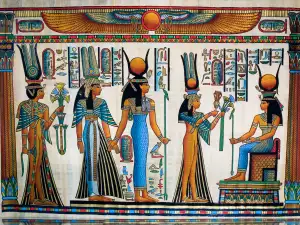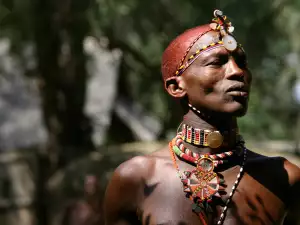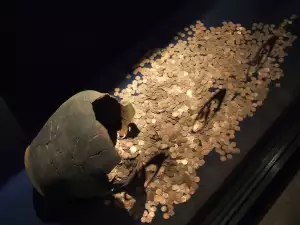Many of the greatest archaeological discoveries throughout history that have shed light on mankind's past have been found at the bottom of ancient tombs. The fear of death has constantly accompanied man since the dawn of civilization and it is in these very places where we can clearly see their anxieties, hopes, way of life and culture. These feelings led the ancients to build grandiose necropolises, which became forgotten over time. Let's now take a look at the strangest ones among them.
An Ancient Egyptian Romance
In 2013, scientists discovered a tomb near the Egyptian city of Saqqara that was literally transformed into a monument dedicated to the love between Meritisis, a priestess of the god Ra, and Kai, the pharaoh's court singer. The find was the first of its kind, dating back to 3200 BC. At the time, the building of pyramids along the Nile coast was common practice, while creating burial sites for the high priesthood and aristocracy was not. Instead of the drawings on the walls depicting the numerous gods of Egypt, the tomb contained scenes from the life of the couple - holding hands, looking each other in the eyes, being with their family and so on.
The Lady of the Turtles
In 2011, Israeli archaeologists came upon an ancient burial site, which analysis shows is more than 12 000 years old. In it they found 74 bodies but one among them stood out - the body of a 48-year-old woman, buried in a lavish way that was unheard of at the time. Separated from all of the others, her skeleton was adorned with a whole lot of bone jewelry. She was not laid directly on the ground but on the shells of dozens of land turtles. Turtle shells, numbering 86 in total, were also infused into the walls, as well as placed atop her body itself. Researchers believe she was a highly-respected shaman of the tribe. Her contemporaries believed that she could communicate with the spirits of the animals, while her spiritual aspect was the turtle.
Tombs of the Seated Aristocrats
During the zenith of the Mayan Empire, Copán (its ruins are located in present-day Honduras) was one of the largest cities in the known world, a center of trade known throughout all of Central America. Its inhabitants were exceptionally wealthy and as such had an affinity for strangeness. This is what archaeologists concluded upon finding and inspecting several tombs belonging to the local aristocrats in the region. Each tomb was located more than 40 ft (12 m) below ground. They were not marked in any way. Each tomb itself was a furnished room, dug out of the rock. The bodies were placed in typical, everyday positions, usually sitting on wooden chairs with their legs crossed.
